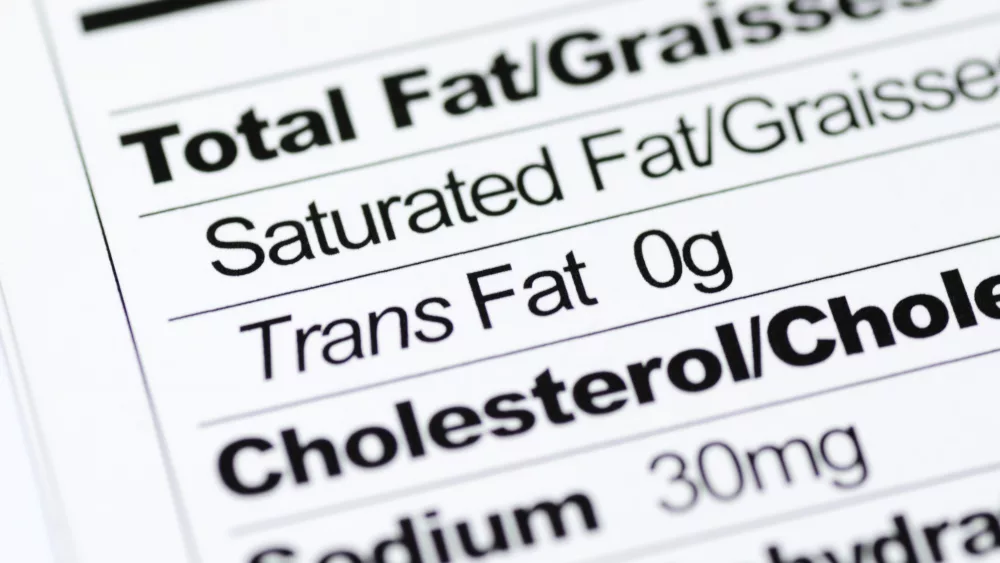In 2000, the market share of U.S. wines in China was 10 percent. In 2018, it had dropped to less than 3 percent, and it’s still shrinking. California accounts for roughly 90 percent of U.S. wine production, which means our fine state is feeling the brunt of this decline.
Although it’s the fifth-largest market for exported American wine, China purchased less than $60 million in U.S.-made wine in 2018, with much of that averaging a little more than $5 per bottle, according to Decanter magazine.
Increased taxes are not the only source of the U.S.-China wine decoupling. Since taking office, President Donald Trump and China’s President Xi Jinping have been in a tit-for-tat, back-and-forth trade war, each retaliating when the other increases tariffs on goods and services. Wine has been lumped into the dispute, with China slowly ratcheting up the tax on imported American-made wine so that there is now a 93 percent added tax. The effect is a near doubling of the cost of any American wine when compared to a wine made in Australia. Why call out Australia? Because our friends from Down Under have been quietly working with the Chinese government for the last few years to reduce the taxes on their imported wine with their tax status now effectively being zero. Thus an equivalent bottle of American-made wine that costs $10 from Australia would cost $20.
Xi Jinping
When Xi became president of China in 2013, he enacted an anti-corruption campaign—“China First”—that focused heavily on rooting out illegal gift-giving, which often included expensive French wine. The result was a drying up of what had been a years-long heyday for many of France’s First Growth Bordeaux and Grand Cru Burgundy wines.
Seeing an opportunity, the Australia, New Zealand and Chilean wine industries crafted free-trade agreements with China that eventually included no levies on their imported wine. At the same time, France, struggling to keep hold of its dominant position, conducted a broad systematic campaign and sent an army of French enologists and viticulturists to help build China’s growing focus on wine production and education. California, too, noticed the opportunity but was late to the game and unprepared to go hand-to-hand with either of the competitors, while convincing the growing Chinese middle class that American wines were worthy of consideration.
China wine
At the same time, American wines were being systematically shut out of the discussion, the China First initiative was speeding ahead, fueling both the consumption and creation of wine in China. Through a series of initiatives and focused investments, China has largely transformed a non-wine-consuming country into one with nearly 40 million new wine-drinkers. Meanwhile, it has fast-tracked vineyard development projects to the point where China now has more acres planted in wine grapes than any other country besides Spain. Wine production isn’t far behind, with China now being the seventh-largest producer of wine on earth, much of that production influenced by French training and an army of European advisers.
California makes wine?
Decanter, the oldest consumer wine publication in the United Kingdom, has a Chinese-focused edition called Decanter China. Take a look at their website and you’ll understand the hurdle the American wine industry faces. Click on the “wine regions” tab and you’ll see that as of July 2019, America (let alone California) isn’t even listed. Canada is listed as a wine region and so is Moldova, but not the United States. In the few articles that mention wines from the U.S. the terminology is telling — “American-flavored,” “simple and masculine” and “fruit bombs” are common.
Though the pace has slowed, China has been buying up many of the world’s greatest vineyards and wineries, especially in France, less so in California.
Speaking at the national Communist Party congress in 2017, Xi highlighted that his party would exert leadership (control) over all aspects of the country, economy and society, with no corner, product or person of Chinese lineage excluded. He went on, extolling “our party, our country, our people and our heroes.” Months later the government removed presidential term limits and opened the door for Xi to rule indefinitely.
What does all of this mean? First, expect further downward pressure on U.S. wine exports to China. Second, instead of exacerbating the current tension, this moment provides an opportunity for creative wine producers and vintner organizations to explore new ways to communicate with Chinese wine-drinkers. In my experience, the wonderful intensity and diversity of many foods in China can often pair beautifully with wines from Northern California. Making this happen is a challenge to be sure, but it is also a real opportunity to reset and re-engage.




